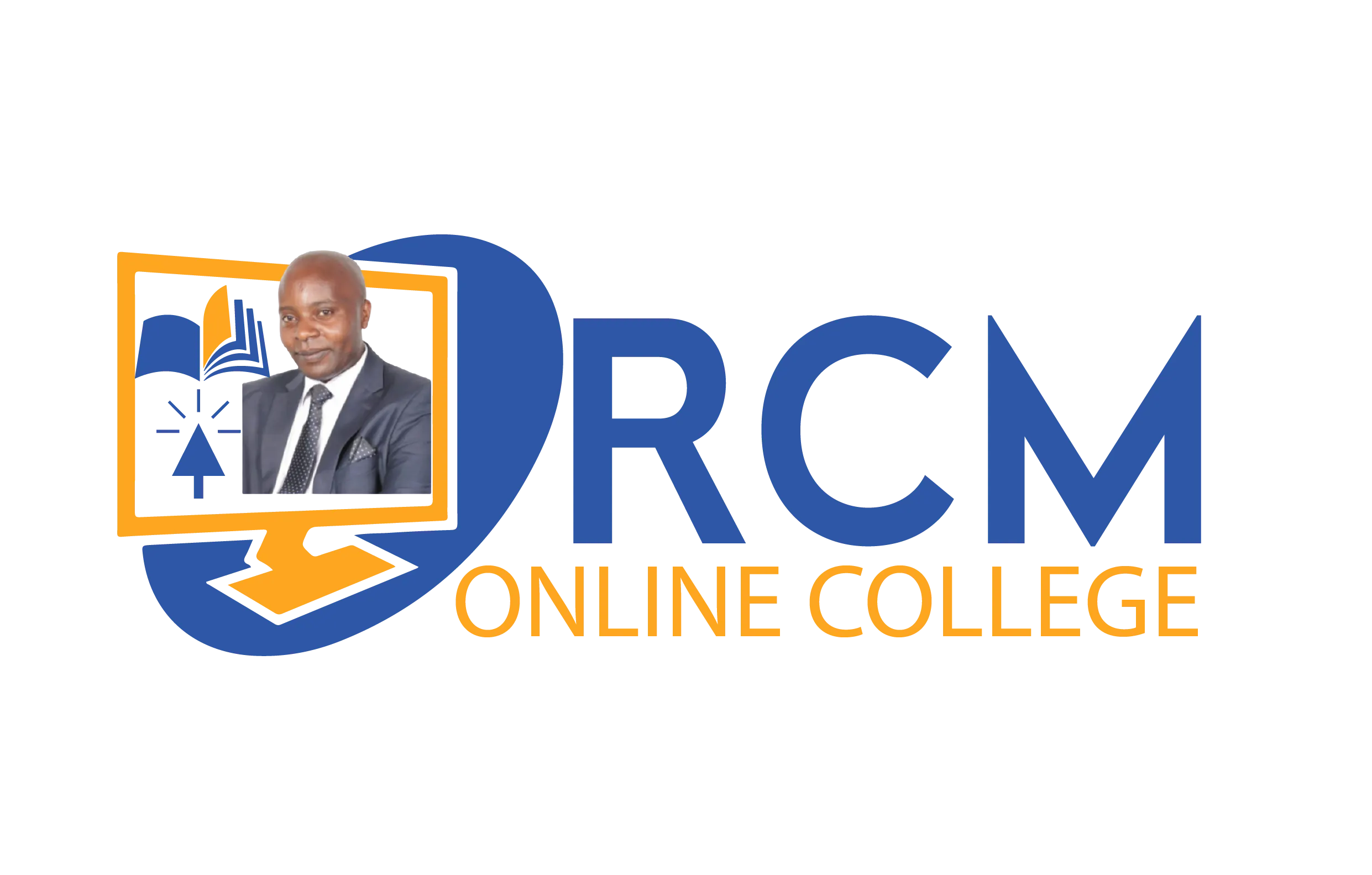4.5 Methods and techniques of auditing high risk areas.
When auditing high-risk areas, auditors employ specific methods and techniques to obtain sufficient and appropriate audit evidence. Here are some commonly used methods and techniques:
- Substantive Testing: Substantive testing involves performing detailed testing procedures on transactions, account balances, or disclosures to obtain direct audit evidence. It includes methods such as:
- Analytical Procedures: Analyzing financial and non-financial data to identify unusual trends, fluctuations, or relationships that may indicate potential misstatements or risks.
- Detailed Testing of Transactions: Selecting a sample of transactions and performing detailed testing procedures to verify the occurrence, completeness, accuracy, and validity of the transactions.
- Test of Details: Performing tests on individual items within account balances or disclosures, such as confirming receivables with customers or physically inspecting inventory.
- Internal Control Evaluation: Assessing the design and operating effectiveness of internal controls helps auditors identify control weaknesses and the associated risks. This involves:
- Walkthroughs: Tracing a transaction from initiation to recording in the accounting system to understand the control activities and identify potential control gaps or weaknesses.
- Control Testing: Performing tests of controls to assess the effectiveness of internal controls in preventing or detecting material misstatements.
- External Confirmation: Seeking external confirmation from third parties provides independent evidence to corroborate the information reported by the entity. This may include:
- Confirmation of Account Balances: Requesting confirmations from banks, customers, suppliers, or other relevant parties to verify the accuracy and completeness of account balances.
- Data Analytics: Using data analytics techniques to analyze large volumes of data for anomalies, trends, or patterns that may indicate potential risks or misstatements. This may involve:
- Computer-Assisted Audit Techniques (CAATs): Employing specialized software tools to extract, analyze, and test data from various sources, such as databases or spreadsheets.
- Expertise and Specialists: In complex or high-risk areas, auditors may engage the expertise of specialists with specific knowledge or skills to assist in the audit. This could include specialists in areas such as valuation, IT systems, or legal matters.
- Management Inquiry and Observation: Communicating with management, conducting interviews, and observing operations to gain an understanding of the entity’s processes, controls, and potential risks.
- Documentation and Audit Trail: Documenting audit procedures performed, evidence obtained, and conclusions reached ensures the audit work can be reviewed and provides a clear trail of the audit process.
